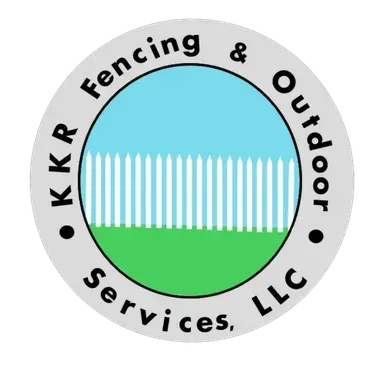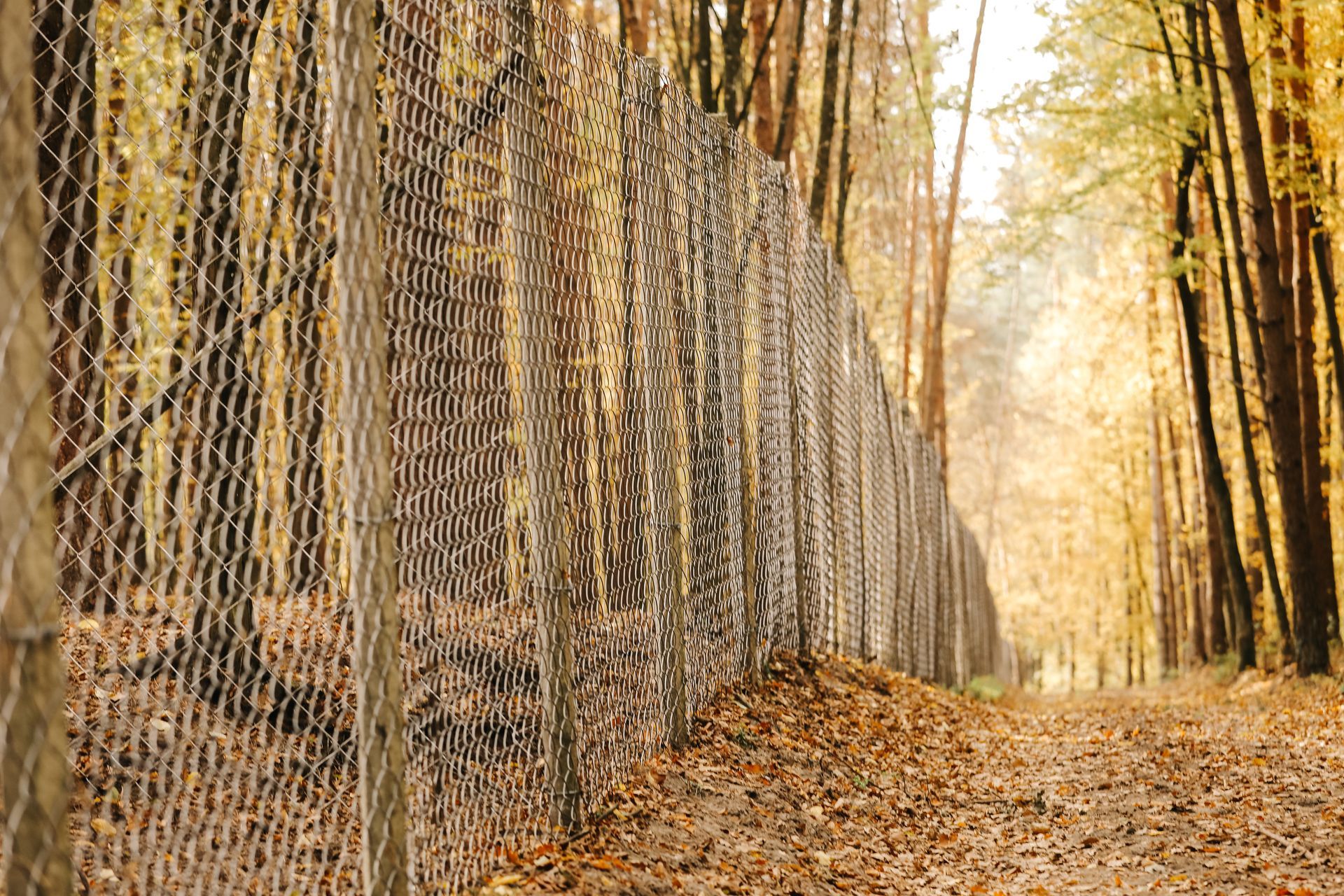Fence Installation, Repair & Maintenance FAQs for Western New York
Welcome to KKR Fencing & Outdoor Services’ comprehensive FAQ & Resources page, designed to answer your most common fencing questions and provide helpful local insights for homeowners, businesses, and agricultural clients across Western New York.
If you don’t find the answer you’re looking for,
contact our expert team for personalized advice and assistance.
General Fence Installation Questions
How long does fence installation typically take?
Most residential fence projects in Western New York are completed within 3 to 7 days depending on the size, style, and weather conditions.
Do I need a land survey before installing a fence?
Yes. A land survey helps ensure your fence is placed correctly on your property lines to avoid disputes with neighbors and comply with local regulations.
What factors affect the cost of fence installation?
Fence material, length, style, terrain, and permit requirements all influence final installation costs. KKR provides transparent estimates tailored to your project.
Fence Repair & Maintenance FAQs
What types of fence repairs do you offer?
We repair wood, vinyl, chain link, aluminum, and wrought iron fences, including post replacements, panel repairs, gate realignment, and welding.
How often should I maintain my fence?
Wood fences typically require sealing or staining every 2-3 years. Vinyl, aluminum, and chain link fences require minimal upkeep, mainly cleaning.
If you're researching the
cost to stain a fence, we also recommend visiting our
Fence Repair & Maintenance Services page for additional details on caring for wood, vinyl, and metal fences. This helpful resource explains repair options, maintenance schedules, and services available throughout Western New York.
Can emergency repairs be done after storm damage?
Yes, KKR offers prompt emergency fence repair services to secure and restore your property after storms or accidents.
Local Permits & Regulations in Western New York
Choosing the Right Fence Material
What are the pros and cons of wood vs. vinyl fencing?
Wood provides natural beauty and customizability but needs regular maintenance. Vinyl is low maintenance and weather resistant but offers less traditional styling options.
Is aluminum fencing a good choice for security?
Yes, aluminum fencing offers durable security with a decorative appearance and minimal maintenance, suitable for many residential and commercial applications.
What is the best fence for agricultural needs?
High-tensile wire, woven wire, and pipe-and-rail fences are commonly used for livestock safety and containment in Western New York farms.
Tips for Fence Care and Longevity
- Regularly inspect your fence for damages or wear and schedule timely repairs to avoid costlier problems.
- Clean vinyl, metal, and chain link fences annually with mild soap and water.
- Seal and stain wooden fences every few years to protect against rot and weathering.
- Trim vegetation near your fence to reduce moisture buildup and insect damage.
Emergency Fence Repairs After Storms
Western New York weather can be unpredictable with severe storms causing fence damage. KKR prioritizes emergency repairs to quickly secure your property and restore fence functionality. Contact us immediately if your fence sustains storm or accidental damage.
Ready to Get Started? Contact KKR Fencing Today
Whether you’re planning a new fence, need repairs, or require advice on permits in Western New York,
contact KKR Fencing & Outdoor Services for professional, reliable service tailored to your needs.


